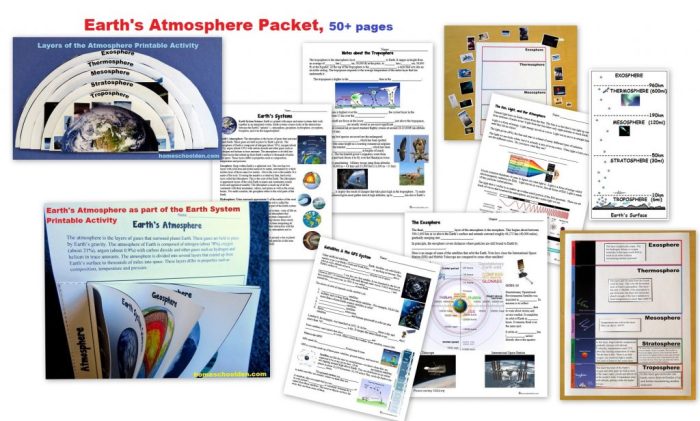Embark on a comprehensive journey through Earth’s intricate systems and invaluable resources with our exclusive Unit 4 Earth Systems and Resources Answer Key. Delve into the dynamic interactions between the geosphere, hydrosphere, atmosphere, and biosphere, gaining a profound understanding of Earth’s functioning as a cohesive entity.
Explore the diverse array of Earth’s resources, delving into their classification, sustainability, and the challenges and opportunities associated with their responsible management. This answer key unlocks a deeper comprehension of the interconnectedness between human activities and Earth’s systems, emphasizing the significance of environmental sustainability for safeguarding our planet’s future.
Earth’s Systems

Earth’s systems consist of four interconnected components: the geosphere, hydrosphere, atmosphere, and biosphere. These systems interact continuously, shaping the planet’s surface, climate, and life.
The geosphere encompasses the Earth’s solid components, including the crust, mantle, and core. The hydrosphere includes all water bodies, from oceans and lakes to rivers and glaciers. The atmosphere is the layer of gases surrounding the Earth, and the biosphere encompasses all living organisms.
Interactions Between Earth’s Systems
The Earth’s systems are interdependent and influence each other’s processes. For example, the geosphere provides the foundation for the hydrosphere and biosphere, while the atmosphere regulates temperature and moisture levels, affecting both the hydrosphere and biosphere.
| Earth System | Characteristics | Processes |
|---|---|---|
| Geosphere | Solid components of Earth | Plate tectonics, earthquakes, volcanoes |
| Hydrosphere | Water bodies | Evaporation, precipitation, runoff |
| Atmosphere | Layer of gases | Weather patterns, climate change |
| Biosphere | Living organisms | Photosynthesis, respiration, decomposition |
Earth’s Resources: Unit 4 Earth Systems And Resources Answer Key
Earth’s resources are the materials and substances that humans use to meet their needs. These resources can be classified as renewable, nonrenewable, or inexhaustible.
Renewable Resources, Unit 4 earth systems and resources answer key
- Can be replenished naturally over time
- Examples: solar energy, wind energy, water
Nonrenewable Resources
- Finite in quantity and cannot be replenished
- Examples: fossil fuels (oil, gas, coal), minerals
Inexhaustible Resources
- Available in unlimited quantities
- Examples: sunlight, air
Resource sustainability involves managing resources in a way that meets current needs without compromising the availability of those resources for future generations.
Challenges and Opportunities
- Challenges:Overconsumption, pollution, resource depletion
- Opportunities:Developing sustainable technologies, reducing waste, promoting conservation
Earth’s History
Earth’s history spans billions of years and has been shaped by a series of major events.
Key Events
- Formation of the Earth (4.54 billion years ago)
- Development of life (3.5 billion years ago)
- Great Oxygenation Event (2.4 billion years ago)
- Cambrian Explosion (541 million years ago)
- Ice Ages (2.6 million years ago – present)
Processes Shaping Earth
- Plate tectonics
- Erosion and deposition
- Climate change
- Biological processes
Human Impact on Earth’s Systems

Human activities have had significant impacts on Earth’s systems, both positive and negative.
Positive Impacts
- Technological advancements
- Improved living standards
- Medical breakthroughs
Negative Impacts
- Climate change
- Pollution
- Deforestation
- Overpopulation
Environmental sustainability is crucial for mitigating human impact and ensuring the long-term health of Earth’s systems.
Sustainable Practices
- Reducing carbon emissions
- Conserving water
- Promoting renewable energy
- Protecting biodiversity
FAQ Explained
What are the four major Earth systems?
The four major Earth systems are the geosphere (solid Earth), hydrosphere (water), atmosphere (air), and biosphere (living organisms).
How are Earth’s resources classified?
Earth’s resources are classified into three categories: renewable (e.g., solar energy), nonrenewable (e.g., fossil fuels), and inexhaustible (e.g., air).
What is the concept of resource sustainability?
Resource sustainability refers to the responsible use and management of resources to meet current needs without compromising their availability for future generations.